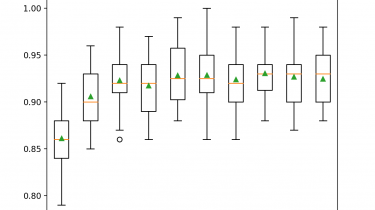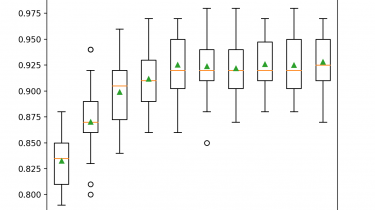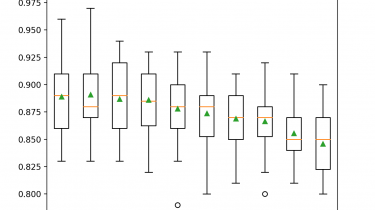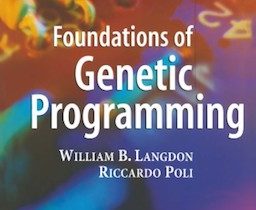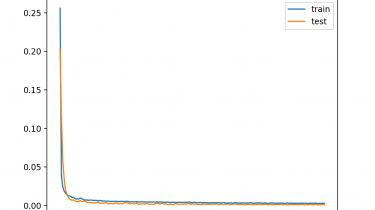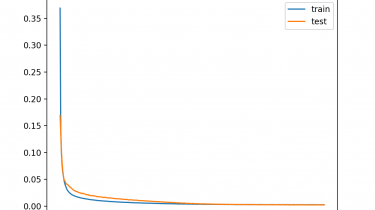A Gentle Introduction to PyCaret for Machine Learning
PyCaret is a Python open source machine learning library designed to make performing standard tasks in a machine learning project easy. It is a Python version of the Caret machine learning package in R, popular because it allows models to be evaluated, compared, and tuned on a given dataset with just a few lines of code. The PyCaret library provides these features, allowing the machine learning practitioner in Python to spot check a suite of standard machine learning algorithms on […]
Read more
